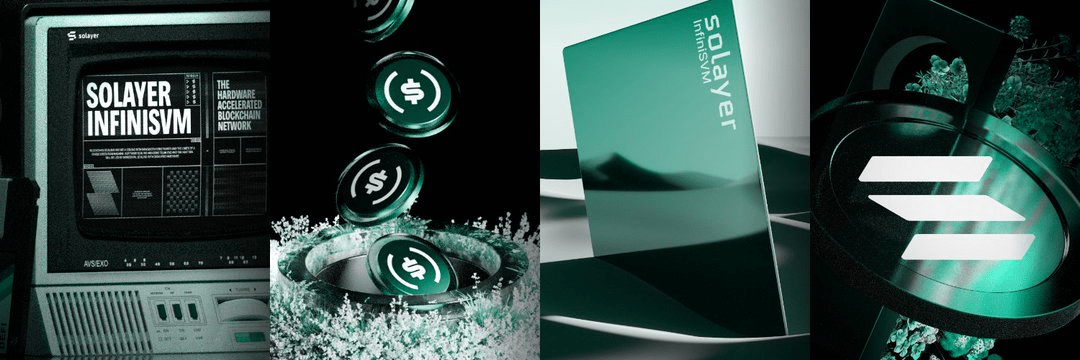The core value of Solayer lies not only in providing multi-chain infrastructure but also in building a complete game asset liquidity ecosystem. Traditional Web3 games often face issues of asset islands and insufficient liquidity, while Solayer fills this gap, creating multiple values for players, developers, and the entire ecosystem.
I. From Asset Islands to Multi-chain Interoperability
In Web3 games, NFT and token assets are often restricted to a single chain or a single game. Players want to transfer assets between different games, which is not only complex but also incurs high fees and security risks. Solayer's multi-chain bridge and unified asset management layer allow players to freely transfer assets between different chains and games, achieving true asset liquidity. This not only optimizes player experience but also provides game developers with greater economic reuse capabilities.
II. Innovation in Economic Models
Solayer not only solves technical problems but also proposes innovations in game economic design:
Asset Reuse: NFTs can be staked for returns and can also participate in cross-game liquidity pools;
Multi-layer Revenue Distribution: Player assets generate income in different scenarios, forming combined asset value;
Ecosystem Incentives: Developers and players earn token rewards by participating in ecosystem activities, enhancing ecosystem stickiness.
This economic closed loop allows every asset in the Solayer ecosystem to continuously generate value, rather than being confined to the game itself.
III. Strategic Significance for Developers
For developers, Solayer provides a "plug-and-play" multi-chain solution:
Cross-chain SDK: Reduces deployment costs and technical barriers;
Asset Liquidity Interface: Quickly access liquidity functions for NFTs and tokens;
Increased User Stickiness: Player assets can be reused within the ecosystem, increasing retention and activity.
This means developers can focus more on game content and gameplay innovation rather than on underlying technical adaptation.
IV. Ecosystem Network Effects
The value of Solayer comes not only from technology but also from ecosystem network effects. As more games and players join, assets circulate within the ecosystem, forming strong user stickiness and an economic closed loop. The value brought by cross-game asset circulation not only increases player engagement but also enhances the overall stability of the ecosystem.
V. Future Prospects
In the future, Solayer has the potential to further develop into the standard infrastructure for Web3 gaming:
Multi-chain Social Interaction: Allowing players to interact not only within games but also across games and chains for socializing and trading;
Financialized Assets: Game assets can participate in the DeFi market to generate returns;
Global Developer Ecosystem: Attracting more games and DApps to connect, forming an open collaborative network.
VI. Challenges Faced
Solayer needs to continuously optimize the following aspects:
Security: Cross-chain operations increase the attack surface, requiring strict auditing and monitoring;
User Experience: Simplifying asset operation processes to make it easy for ordinary players to get started;
Competitive Pressure: Facing competition from other cross-chain and gaming infrastructure projects, it needs to maintain a lead through ecosystem cooperation and technological innovation.

Solayer is a key infrastructure that combines Web3 gaming and multi-chain asset liquidity. It not only addresses the pain points of traditional Web3 games but also provides players and developers with a complete economic closed loop and ecosystem incentive mechanism. In the future, with more games connecting and multi-chain asset expansion, Solayer is expected to become a core support for the Web3 gaming industry.


